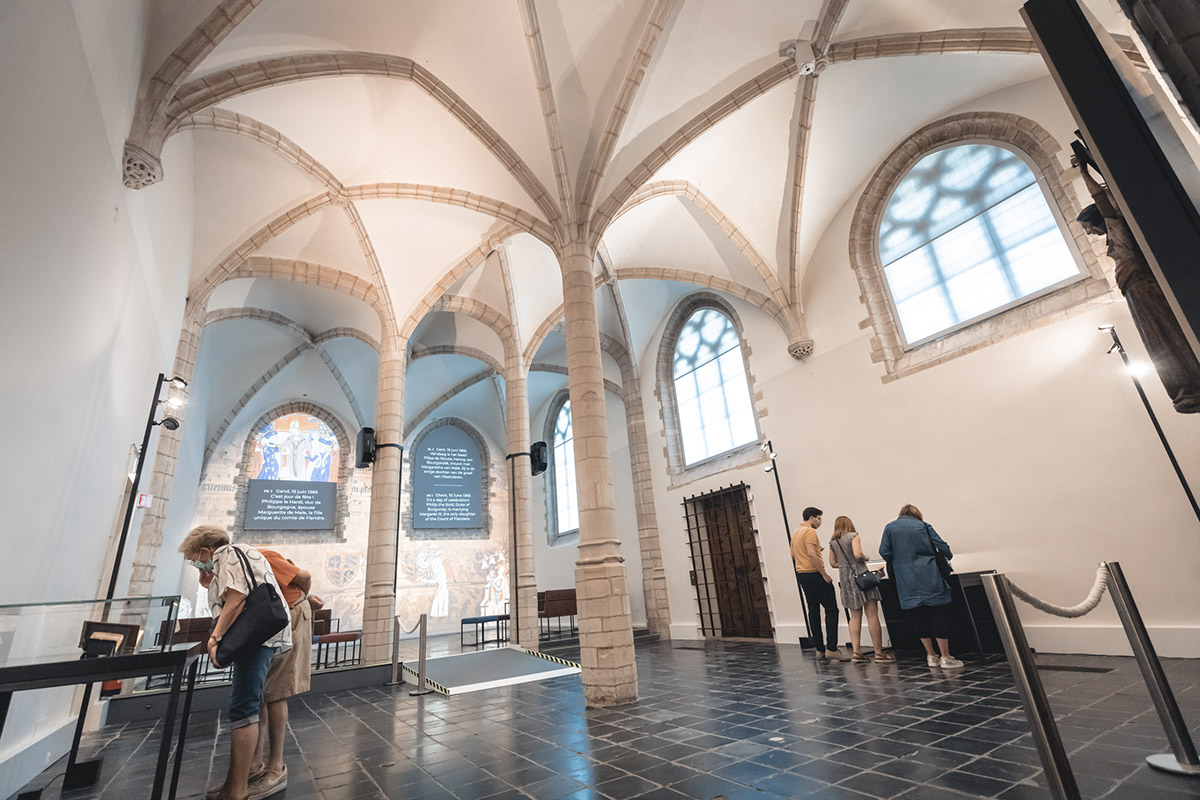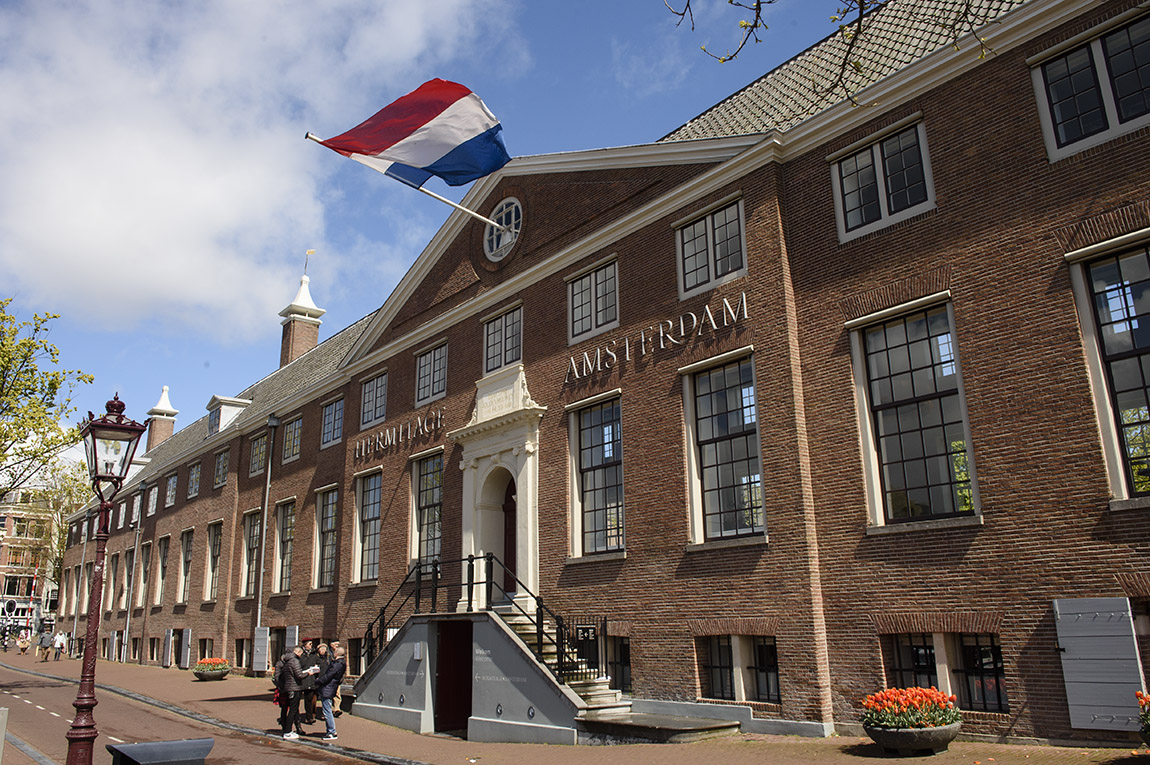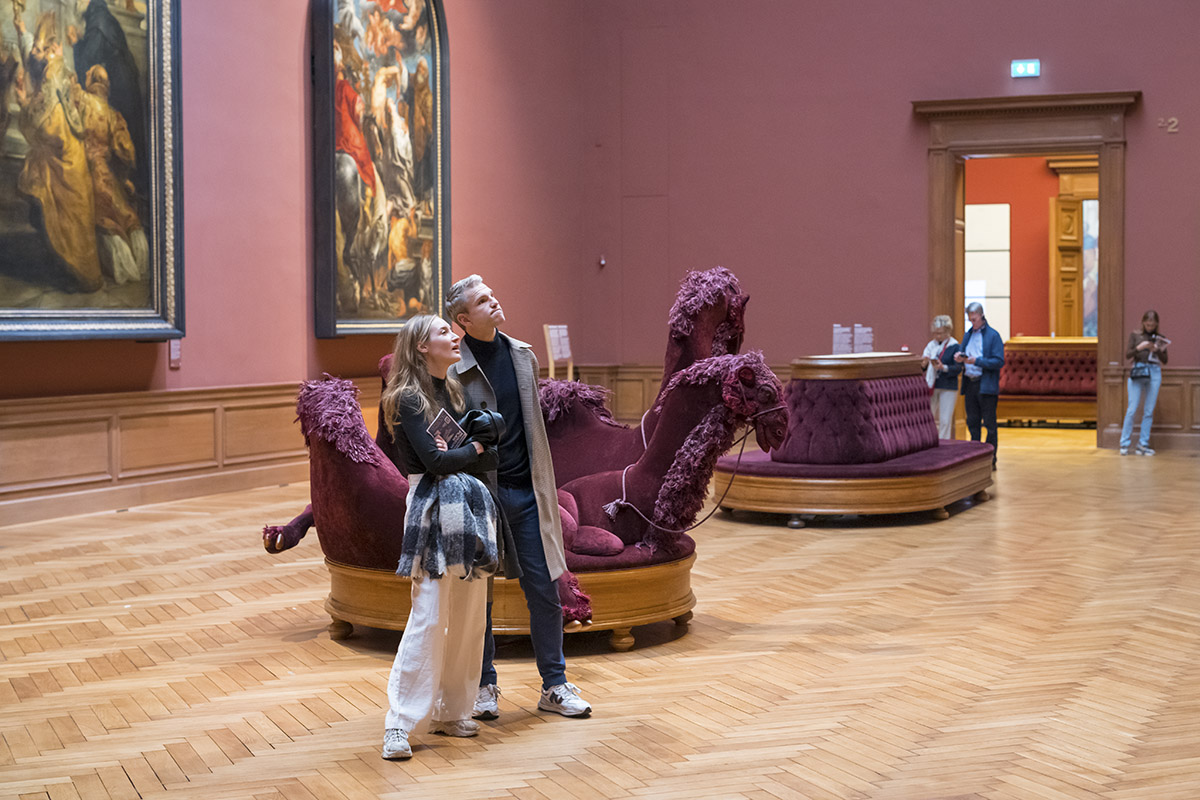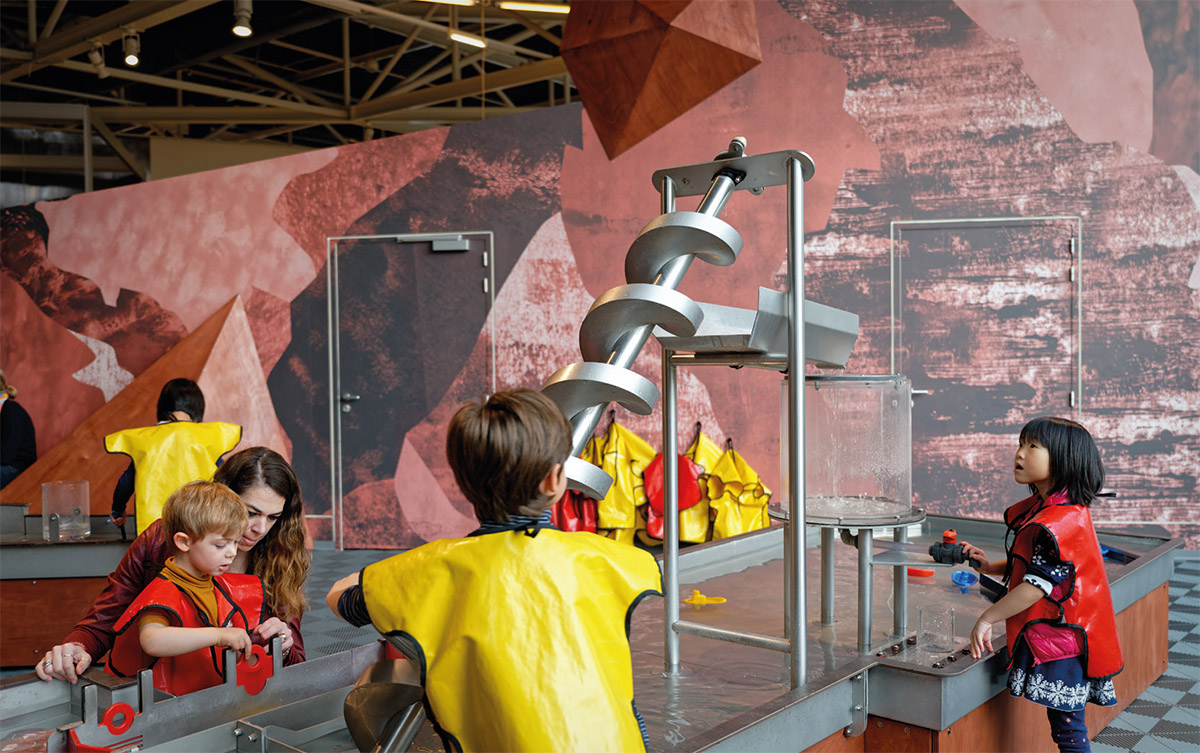Galerie Le Beau
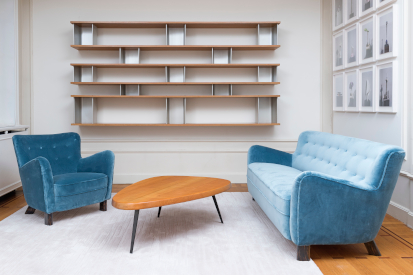
When design transcends time: Galerie Le Beau, Brussels
TEXT: SIMON WILLMORE | PHOTOS © GALERIE LE BEAU
When it comes to design – for clothing, furniture, or architecture – having authenticity to the age and an iconic style are both crucial for a good piece, transcending fleeting trends and time periods is something else entirely. This timelessness in design is the focus of Galerie Le Beau, which opened in 2014 on the Place du Sablon, the main art square in Brussels.
Here, husband and wife founders, Stanislas Gokelaere and Céline Robinson – a couple who share a passion for 20th century design in particular – have brought together a collection of pieces from mid-century designers. The selection includes furniture pieces from Scandinavian, American, French, Brazilian and Italian designers, with the mantra ‘creating a dialogue between furniture, lighting and art’.
Back to his roots
While Gokelaere’s family was involved in the art business, he initially went into the field of finance and collected art purely as an amateur. However, the calling was too strong and he eventually decided to open a gallery for his collection.
“We have a focus on design from the period between 1940 and 1970,” Gokelaere begins. “What separates us from other galleries or dealers is that we focus on historic furniture designers and architects without concentrating on their geography or origin.” This collection, naturally, shows many artistic influences, but there is a strong connection to the importance of society and the economy at that point in time, and to the way it affected the design and production of furniture.
Gokelaere continues: “You can see the stages design went through in the wake of oncoming modern, industrial development. Particularly in the 1950s, you start to see the consideration for replicating the products quickly and cheaply for large-scale manufacturing – but there is a difference compared to today’s approach. Nowadays, when you think of mass-market furniture, you think of a compromise on quality or design for the sake of profit, but this was not the case back then.”
A balance of quality and profit
Of course, profit has a part to play for any business but, he emphasises, for mid-century designers, this economic consideration had little bearing – or at least no negative impact – on the quality of the product or its design.
“That’s the link between all the designers we exhibit,” Gokelaere continues. “All of them have made their mark on the industry at the time when mass-market production was coming to the fore – but none of them would compromise on design. This exhibition shows the journey of trying to preserve the rules and constraints of true craftsmanship while embracing a more industrialised process, such as with new materials, machinery and technological solutions.”
The designers featured at Galerie Le Beau laid the groundwork for everything that happened afterwards: they were instrumental, not just in the manufacturing of furniture at the time, but in the development of the industrial process. Gokelaere adds: “That’s what this gallery is promoting and celebrating: the development of fast design with the preservation of authenticity.”
Future expansion and exhibitions
This month, a new exhibition titled Blo Void Series will open, displaying pieces from Israeli current industrial artist Ron Arad, and will run until December. Arad is known for bold chrome creations, often combining sweeping curved designs with sharp edges. Among other achievements, Arad won the tender to design the UK Holocaust Memorial in London and designed the ToHA office complex in Tel Aviv, soon to be Israel’s tallest skyscraper.
In March, the second Galerie Le Beau will open on the Belgian coast in Knokke-Heist. The municipality is an extremely exclusive area and is often known as the San Tropez of Belgium. Unsurprisingly, it also has the highest density of art galleries in the country and so it seems like ideal place to open a new branch.
When asked about the future, Gokelaere suggests that, at least for his gallery, perhaps it is more suitable to look back. Gallery visitors can be sure to look out for historical design pieces that are archetypal of their time, but are no longer in production. Even though these pieces are obsolete to some extent, he says that looking at them is a way to look back into the techniques and designs trends of the past. “What’s interesting is that despite the fact that these products are effectively outdated, they somehow always feel contemporary,” he concludes. “That’s what makes great design – it feels timeless. No matter the century a piece of furniture is from, it still feels relevant. That’s the message we are trying to promote.”
Subscribe to Our Newsletter
Receive our monthly newsletter by email
